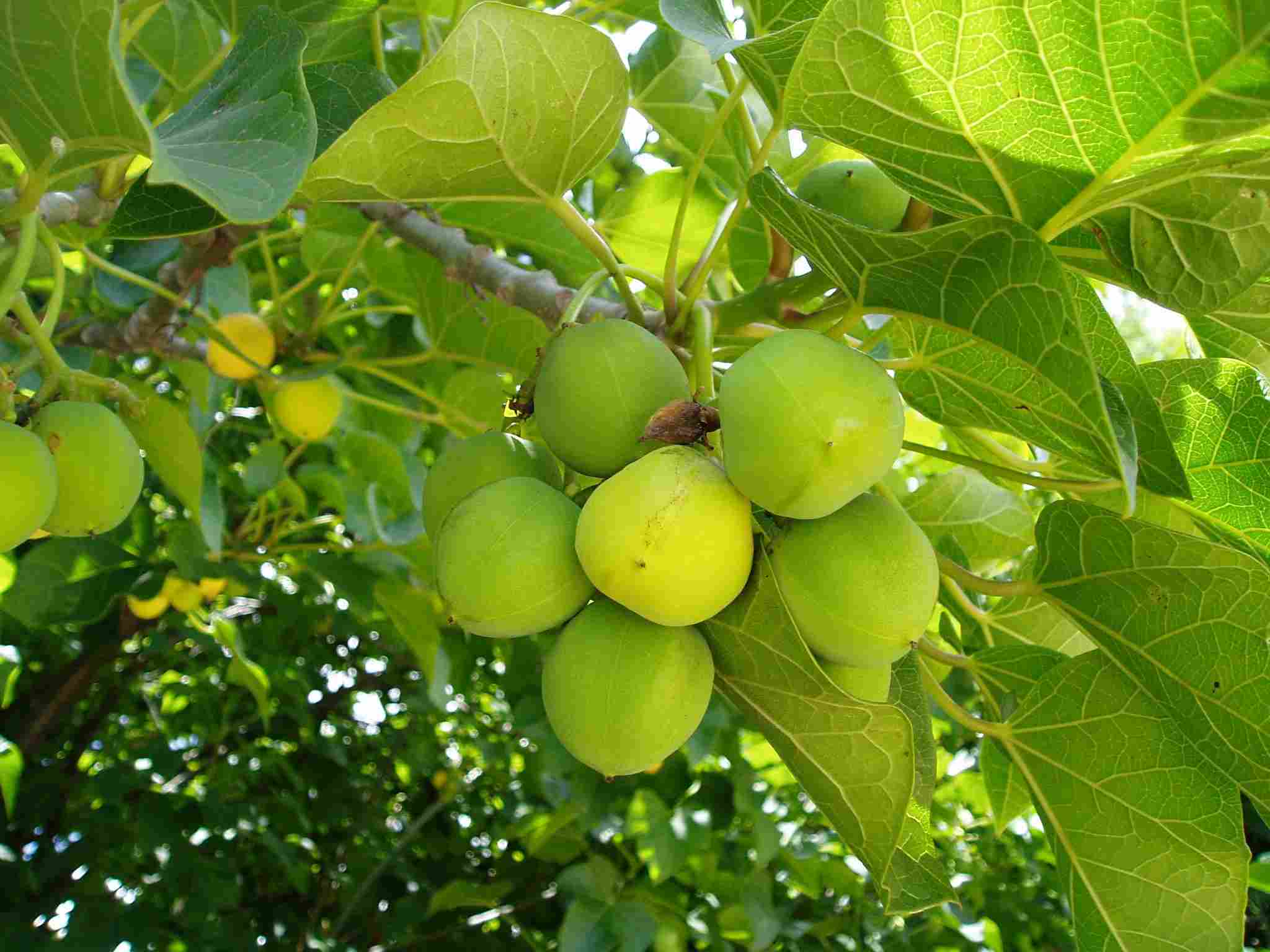Pests Of Jatropha
페이지 정보
작성자 Paula 작성일 25-01-09 14:12 조회 277 댓글 0본문
Jatropha Curcas is acquiring importance commercially as the need of nonrenewable fuel sources increases significantly and likewise jatropha curcas is an environmentally friendly energy plantation. Plantation of this plant is considered to be an exceptional fuel substitute and it is likewise extremely cost-effective compared to other fuels. Recently, jatropha curcas is dealing with some problem with pests and diseases. The pests are classified into two ranges: Pest that affect young plants and Pest that affect grown plants.
Young plant pests: Cutworm, Scarabeid Beetle, Army worm, Grasshopper.
Agrotis ipsilon: It is typically understood as Cut worm. This pest affects the seedlings and young Jatropha plants. If the plant is impacted by the cutworm, the stem gets cut nearer to the soil surface and this will diminished the plant totally.

Control: This bug can be controlled by picking the larva found around the plants or by mixing the bran, sawdust with insecticides.
Scarabaeid Beetle: This pest ruins the root of the young plant. Initially, the larva consumes the raw materials present in the soil and then concerns the root. The larva attack might eliminate the entire plant.
Control: The plant with excellent resistance power can get rid of the insect. For heavy attack, insecticides with parts carbosulfan and carbofuran can be utilized to kill the bug.
Army worm: Spodoptera litura existence can be recognized by biting in the leaves. The severe infection might totally eliminate the plants.
Control: Insecticides are utilized to manage the insects.
Grasshopper: This prevails pest discovered in several plants. Valanga nigricornis and Locusta migratoria widely attacks the plant. The bug often assaults the young plant.
Control: The insecticides used betacyfluthrin, cypermethrin, thiodicarb, MIPC, and fipronil.
Pest observed in mature plants:
Pest of Stem: Ostrinia furnacalis, Xyleborus spp.
Ostrinia furnacalis and Xyleborus: This bug harms the stem and it is commonly seen in Indonesia. The stem attacked by this pest normally drop. The existence can be identified by the larva penetration hole at the stem.
Control: The Insecticide typically utilized to manage this pest is carbofuran.

Pest of leaf: The typical bugs observed are leaf caterpillar, Neetle caterpillar, Leaf hopper, Mite, Ear corn caterpillar.
Leaf Caterpillar: This bug can consume all the leaves of the plant simply put period. The quality and yield of the seeds get decreased due to the heavy attack.
Control: This can be controlled by selecting the old larvae around the surface and tossing away the assaulted leaves.
Needle Caterpillar: This caterpillar is covered with spinal columns and produces a burning experience when permitted to exposure to skin as it produces specific chemical compound. Initially the insect crowded in the leaf and after that spread all over the plant when it gets older.
Control: Manually, the bug can be killed only by soaking it in water or kerosene. The heavy attack can be controlled by spraying organophosphate insecticides.
Leaf Hopper: This pest is discovered mostly in tropical and subtropical regions. The pest targets the leaf and draws all the nutrients of the leaf and gets curls at the pointer. Later, the entire leaf dry and die.
Control: The heavy attack can be controlled by using insecticides like imidachloprid, beta cyfluthrin or carbosulfan.
Mite: Mite likewise attacks the leaf and makes the whole plant weak. The pest existence can be identified when the leaf ended up being yellowish, diminishes, turns red and fall down. The pest can likewise be spread out through fallen leaves.
Control: Some preventive measures can be done like correct sanitation and burning the fallen leaves. Heavy attack can be treated by spraying insecticides.
Some dreadful insect which assaults flower and fruit are, Stink bug (Nezara viridula)
Chrysocoris javanus, Tip borer caterpillar.
Stink Bug: Sting bug is a serious insect which assaults the plant during blossom duration so the crop yield completely drops. This insect is seen around the tropical region.
The harmful enzyme in the plant shrinks the entire plant.
Control: Insecticides advised for this pest is chlorfluazuron, diflubenzuron, alfamethrin, and lamda cyhalothrin.
Tip borer caterpillar: The pests commonly takes place attacks the plant in flowering season and this bug is seen extensively in tropical areas. The female bug laid the eggs on the tender part of the plant and the young larvae feed the young fruits and plant suggestions.
Control: Manually, the attacked seeds are suggested to burn. The insecticides like monocrotophos and bensultap are sprayed at the blooming season.

댓글목록 0
등록된 댓글이 없습니다.
